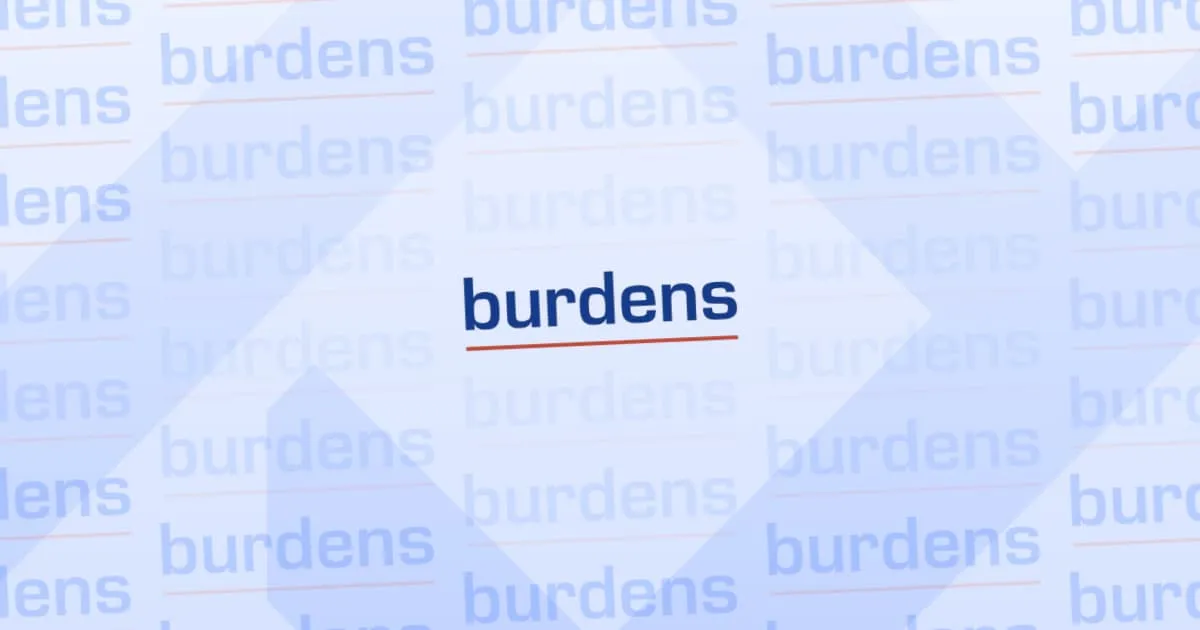The Difference between a Contractor and a Subcontractor

What is the difference between a contractor and subcontractor?
The trade industry is chock full of terms that require you to know what they mean. On a job site, you’ll no doubt encounter subcontractors (subbies) or contractors. Understanding what their exact roles and responsibilities are when completing work is crucial.
Hiring the right person for the job is important in running a successful trade business, whether you've had one for years or you're just starting one.
How do I distinguish a contractor from a subcontractor?
A contractor is someone that is hired to complete work or a service under a contract, the main difference between a subcontractor and a contractor is who they have been employed by and how hand-on they decide to be;
An example of this is a homeowner hiring a contractor to complete renovations around their house, the contractor takes on the job and delegates tasks that they don’t have the necessary skills to complete, so the contractor will hire the subcontractor to complete those tasks.
What is the role of a contractor?
A contractor can be either an individual or a business that wins a project contract and now needs to complete the contract from start to finish. Generally, they will have expertise in one or more of the trades required to complete the project, and they will act as more of a manager rather than the one completing the hands-on work. While some contractors will still help with the hands-on-work, the majority of this work is handled by their subcontractors.
Primarily, a contractor has two main objectives.
1. Secure Contracts: Signing up new business should be the top priority of a contractor. You could even consider it more of a sales job than a trade job. Taking the time to establish your reputation while networking to meet new people and take on new projects is paramount to your success.
Checking these boxes means that you can now focus on understanding what is needed to complete your projects and negotiating contracts with potential clients.
2. Deliver: Secure the contract and begin to oversee the project to completion. If you need subcontractors to complete particular tasks you can hire them for those jobs. You essentially need to be making sure that every step of the project is being completed to standard and on time. Knowing how and when to hire subcontractors for your project will put you in good stead to complete contracts with high customer satisfaction.
It might seem at first that this is just another name for a project manager, but a project manager looks after much larger scale projects and will be the one to manage a contractor on a project.
What does a subcontractor do then?
Subcontractors work for a contractor and are brought on for their knowledge and skills in a specific area. They will be hired by a contractor to complete a certain part of a job to standard. An example of this would be a contractor hiring a team of electricians to complete all of the electrical work on a new home build.
It is important to note that subcontractors aren’t always employees of the contractor. If they do a good enough job, the contractor will continue to hire them for projects in the future. Even though subcontractors aren't employees, they still know their role and have the skills to get the work done. Managing subcontractors effectively will keep the project on track.
With Trak you can easily manage your subcontractors through multiple features in the app. These can include inductions to give your subbies a clear understanding of their role and certifications to ensure their accreditations are compliant with regulations.
What if a client hires me directly?
If you are hired directly by a client you will be classed as an independent contractor or an independent trade. For smaller scale projects the client might choose to hire and negotiate with each trade directly.
Can I be a contractor and a subcontractor?
Yes, you can. In some cases, tradespeople will operate as the contractor on one project and then a subcontractor on another. A common practice when building your network and reputation as a contractor. You can even subcontract on a project and subcontract out a part of your work to another subcontractor. There are many layers to the subcontractor cake.
A final thought.
If you can understand the difference between contractors and subcontractors, you’ll be much better equipped to build your business or hire the right team for the project. If you need to operate as a contractor or subcontractor, don't forget to look into a job management system like Trak that can help you easily share details of a job between other companies and track all work completed on a job, regardless of if you're on site together or not. Visit https://www.trak.co/industries/subcontractor-based-businesses to find out more about how Trak can help businesses who utilise subcontractors.
Here's some related posts.



Why Integrating your Accounting Tools with Job Management Software is a Game-Changer for Tradies



Why Mobile Access to Job Information is a Game Changer for Tradies



